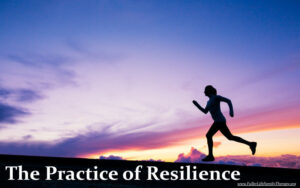Working it out in the Sand: The Magic of Sand Tray Therapy
Sandtray can be used in all modes of therapy and is extremely effective for working through trauma. The use of sand helps clients move more deeply into their issues than regular talk therapy.










